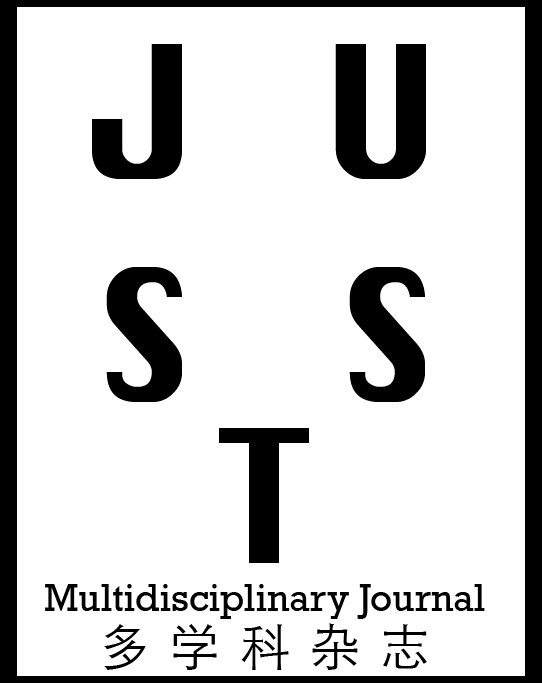M.Sobri, Muhammad Husni Thamrin Sena Putra Prabujaya
Faculty of Social and Political Science, University of Sriwijaya, Indonesia.
Elements For Evaluating Rural Development Performances
Authors
Abstract
According to Law Number 6 of 2014 concerning Villages, Village Development is an effort to improve the quality of life the greatest welfare of the village community. The Law explains that village development in this case, covers four fields of development, namely the implementation of village governance, implementation of village development, village community development and empowerment of village communities. The village development focused on the four development areas to emphasize the essence of the village law, to give greater authority to the village to become the object of development as well as the subject of development. Building Indonesia from the periphery by strengthening the regions and villages is the third Nawacita which is one of the agenda of the implementation Law No. 6 of 2014 concerning Villages, systematically, consistently and continuously with facilitation, supervision and assistance. The low numbers of community participation in village institutions in the activities has caused rural communities to be merely positioned as development objects or targets. As a result, the participation is still limited. In general, many natural potentials in villages that are still subsistent managed, as a result of the inability to use technology, low education and the villagers’ acceptances of their conditions.Therole of leaders becomes important in encourage initiatives, awareness, and participation of communities in creating an independent village that are able to be develop.
